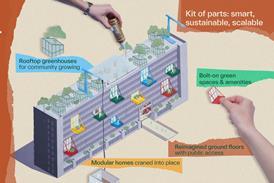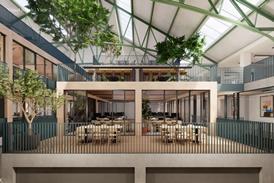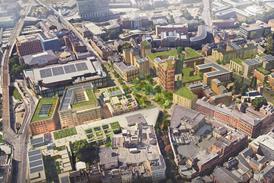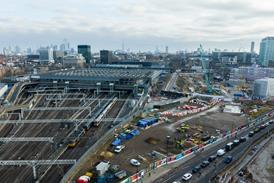- Home
- Intelligence for Architects
- Subscribe
- Jobs
- Events

2025 events calendar Explore now 
Keep up to date
Find out more
- Programmes
- CPD
- More from navigation items
Building a sense of the transcendent

Gillian Darley finds herself more uplifted than she expected by an exhibition of religious architecture
Although I wasn’t convent educated, my school days were steeped in endless religious observance, albeit of a decidedly lacklustre Church of England nature. I realise how fortunate were the Jewish and Muslim girls, granted leave of absence from the tedious daily round and allowed their own observance, or not. I would have been very happy to go for a pantheistic walk, but it was not an option.
In fact we were hardly ever in a space specifically designed for worship, far less anywhere spiritually or aesthetically uplifting. Now, decades on, those in charge of churches and chapels have learnt to be entrepreneurial as well as spiritual, willing to sing for their suppers (and roofs and spires and mod cons) and many faith buildings, whatever their designation, are often happy to open the doors to anyone seeking introspection, uplift or simply delight.
…
This content is available to registered users | Already registered?Login here
You are not currently logged in.
To continue reading this story, sign up for free guest access
Existing Subscriber? LOGIN
REGISTER for free access on selected stories and sign up for email alerts. You get:
- Up to the minute architecture news from around the UK
- Breaking, daily and weekly e-newsletters
Subscribe to Building Design and you will benefit from:

- Unlimited news
- Reviews of the latest buildings from all corners of the world
- Technical studies
- Full access to all our online archives
- PLUS you will receive a digital copy of WA100 worth over £45
Subscribe now for unlimited access.






